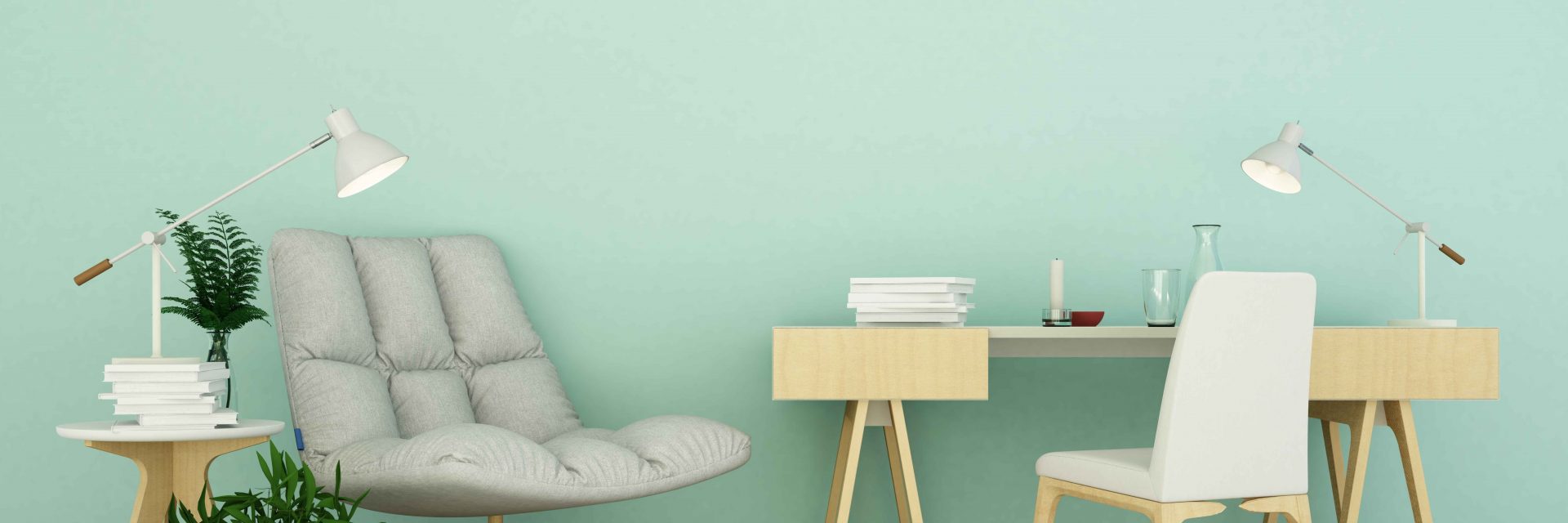Discover How Seasonal Influences Can Influence The Efficiency Of Business Outside Paint And Figure Out The Most Positive Times To Guarantee Resilient Results For Your Task
Discover How Seasonal Influences Can Influence The Efficiency Of Business Outside Paint And Figure Out The Most Positive Times To Guarantee Resilient Results For Your Task
Blog Article
Published By-Fox Decker
When you're planning an industrial exterior paint job, seasonal elements can make or damage your results. You'll want to consider just how temperature and humidity impact paint application and drying times. Picking the right season can guarantee your paint sticks appropriately and lasts longer. Yet which periods are absolutely the very best for this sort of work? Allow's check out the key elements that can influence your job's success.
The Impact of Temperature Level on Paint Application
When you're intending a business external paint task, the temperature can dramatically impact just how well the paint adheres and dries out.
Ideally, you intend to repaint when temperature levels vary in between 50 ° F and 85 ° F. If it's as well cool, the paint may not cure correctly, leading to problems like peeling off or splitting.
On the other hand, if it's as well hot, the paint can dry also swiftly, avoiding appropriate adhesion and resulting in an unequal coating.
You must likewise take into consideration the time of day; early morning or late afternoon provides cooler temperatures, which can be extra positive.
Always examine the supplier's suggestions for the particular paint you're utilizing, as they commonly offer guidance on the ideal temperature variety for ideal results.
Humidity and Its Impact on Drying Times
Temperature level isn't the only ecological factor that influences your commercial external painting project; moisture plays a substantial function too. High humidity levels can decrease drying out times considerably, impacting the general top quality of your paint work.
When the air is filled with wetness, the paint takes longer to cure, which can bring about concerns like bad attachment and a greater risk of mildew development. If you're painting on a specifically humid day, be planned for prolonged wait times between coats.
school painting company to monitor regional weather and plan appropriately. Ideally, go for humidity degrees in between 40% and 70% for optimal drying.
Maintaining these factors in mind guarantees your job remains on track and delivers an enduring surface.
Best Seasons for Commercial Exterior Paint Projects
What's the most effective time of year for your business exterior painting tasks?
Learn Alot more and early autumn are commonly your best choices. Throughout these periods, temperatures are light, and moisture levels are frequently lower, developing optimal problems for paint application and drying out.
Stay clear of summer season's intense heat, which can trigger paint to dry as well rapidly, leading to bad bond and surface. In a similar way, winter's chilly temperatures can prevent proper drying and curing, risking the durability of your paint work.
Go for days with temperatures between 50 ° F and 85 ° F for optimal results. https://www.nerdwallet.com/article/mortgages/save-on-cost-to-paint-a-house in mind to examine the local weather prediction for rainfall, as wet problems can destroy your job.
Preparation around these variables ensures your paint project runs smoothly and lasts longer.
Final thought
To conclude, preparing your industrial outside painting projects around seasonal factors to consider can make a considerable distinction in the result. By organizing work throughout the optimal temperatures and humidity levels, you'll guarantee much better adhesion and drying times. Keep in mind to watch on local weather prediction and choose the correct time of year-- springtime and early loss are your best choices. Taking these actions will certainly aid you accomplish a long lasting and expert coating that lasts.
